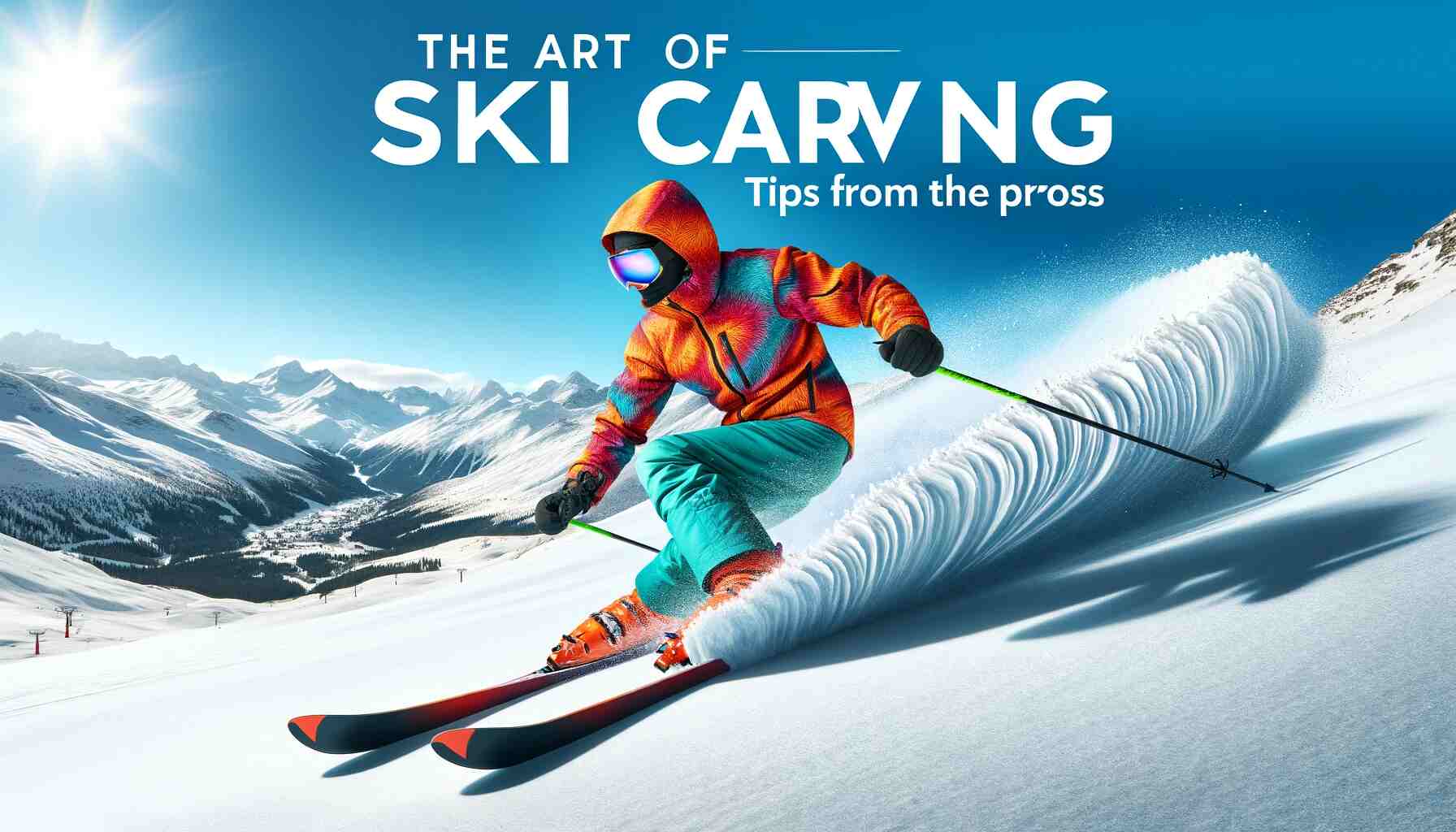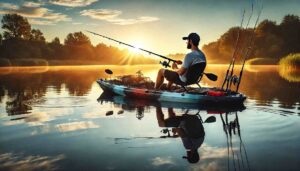Skiing is a thrilling sport that combines grace, precision, and speed, and mastering the art of carving is the pinnacle of excellence for many skiers. Carving is the technique that allows you to make clean, controlled turns down the slopes, leaving behind those messy skid marks. To understand the essence of skiing, one must delve into the biomechanics of rolling ankles and knees to tip the skis on edge. Let’s explore the art of ski carving in detail and offer insights and tips from professional skiers to help you move beyond performing a glorified skid down the hill.
The Science Behind Ski Carving
Ski carving is all about manipulating the shape of your skis to create precise turns. It involves using your body’s movements to control the edges of your skis and engage them with the snow. The core concept behind carving is to minimize skidding and maximize edge grip. This is achieved by rolling your ankles and knees to tilt the skis onto their edges.
The Role of Edging
Edging is the foundation of ski carving. It’s the process of tilting your skis on their edges to engage with the snow surface. When you edge your skis, the edge itself bites into the snow, providing stability and control. Without proper edging, your skis will slide and skid, making it difficult to maintain control and precision in your turns.
Professional skiers emphasize the importance of mastering edging as it allows them to carve with finesse. It starts with understanding the anatomy of your skis and how they respond to your movements.
Anatomy of a Ski
To appreciate the art of carving, let’s first take a look at the key components of a ski:
- Ski Base: The bottom part of the ski that comes in contact with the snow.
- Edges: The metal strips running along the sides of the ski, responsible for creating friction and grip.
- Camber: The upward curve in the middle of the ski when it’s not weighted, helping to distribute your weight evenly when skiing.
- Rocker: The upward curve at the tip and tail of the ski, which allows for easier turning and maneuverability.
Understanding how these components work together is crucial for effective carving.
Biomechanics of Ski Carving
Carving involves two primary movements: angulation and inclination. Let’s break down each of these biomechanical concepts:
1. Angulation
Angulation refers to the sideways tilting of your body while skiing. It is achieved by rolling your ankles and knees in the direction of the turn. The goal of angulation is to create a strong angle between your upper body and your skis. This angulation allows you to effectively engage the edges of your skis with the snow and maintain balance and control.
Professional skiers often stress the importance of angulation as it helps to distribute your weight over the edge of the ski, increasing the pressure on the edge and enhancing your grip on the snow.
2. Inclination
Inclination, on the other hand, refers to the tilting of your entire body towards the inside of the turn. It is essential for maintaining balance while carving. By inclining your body into the turn, you ensure that your center of mass is aligned with the direction of your turn. This prevents you from sliding out of the turn and allows for a smoother, more controlled carve.
To master inclination, professional skiers emphasize the need to keep your upper body and torso upright and aligned with the direction of the slope. This enables you to make cleaner and more precise turns.
Tips from the Pros
Now that we’ve covered the basic biomechanics of ski carving let’s dive into some valuable tips from professional skiers to help you refine your technique and take your carving skills to the next level:
1. Work on your Balance
Balance is the foundation of carving. Professional skiers recommend practicing balance exercises both on and off the slopes. One effective exercise is to stand on one foot with your eyes closed for short durations. This helps improve your proprioception and balance, translating into better control on your skis.
2. Focus on Flexion and Extension
Flexion and extension refer to the bending and straightening of your knees and hips. Professional skiers use these movements to control their turns. When you want to initiate a turn, extend your legs slightly, and when you want to finish the turn, flex your legs. This allows for precise control over your edge engagement and the shape of your turns.
3. Practice Edge Rolling
Edge rolling is a fundamental skill for carving. To practice edge rolling, start with gentle, wide turns and progressively increase the angle of your skis’ edges. This gradual approach will help you develop a feel for the edges and their interaction with the snow.
4. Experiment with Ski Angles
Professional skiers emphasize the importance of experimenting with different ski angles. Don’t be afraid to push the limits of your edge angles while skiing. As you become more comfortable with extreme angles, you’ll gain better control over your carving technique.
5. Choose the Right Equipment
Selecting the right equipment is crucial for carving. Make sure your skis are suitable for carving, with a good sidecut and appropriate length. Additionally, ensure your bindings are adjusted correctly to provide optimal control.
6. Learn from the Experts
Consider taking lessons or clinics with experienced ski instructors or professional skiers. They can provide personalized guidance and feedback to help you refine your carving technique.
7. Video Analysis
Recording your skiing sessions and analyzing the footage can be extremely beneficial. It allows you to identify areas where you can improve your technique, such as your posture, edge engagement, and overall form.
8. Ski in Varied Conditions
To become a well-rounded skier, it’s essential to ski in a variety of conditions, from groomed slopes to powder and moguls. Different conditions require different techniques, and mastering them all will make you a more versatile and skilled skier.
9. Patience and Persistence
Remember that mastering ski carving takes time and practice. Don’t get discouraged by initial difficulties. Keep practicing, and with dedication and persistence, you’ll see significant improvement in your carving skills.
10. Safety First
Finally, always prioritize safety. Carving can be exhilarating, but it’s essential to ski within your skill level and adhere to safety guidelines. Wear the appropriate safety gear, be aware of your surroundings, and know when to seek help if needed.
Conclusion
Ski carving is a beautiful and rewarding technique that allows skiers to glide gracefully down the slopes with precision and control. Understanding the biomechanics of rolling ankles and knees to tip the skis on edge is the key to mastering this art.
With the guidance and tips provided by professional skiers, you can embark on a journey to become a proficient ski carver. Remember to focus on balance, flexion, extension, edge rolling, and experimentation with ski angles. Choosing the right equipment, seeking expert guidance, and practicing in various conditions are also essential steps in your pursuit of carving excellence.
In the end, patience and persistence are your greatest allies. As you continue to hone your skills and gain confidence in your carving abilities, you’ll experience the true joy and exhilaration that comes from mastering the art of ski carving. So, hit the slopes, embrace the challenge, and carve your way to skiing excellence. Happy carving!










